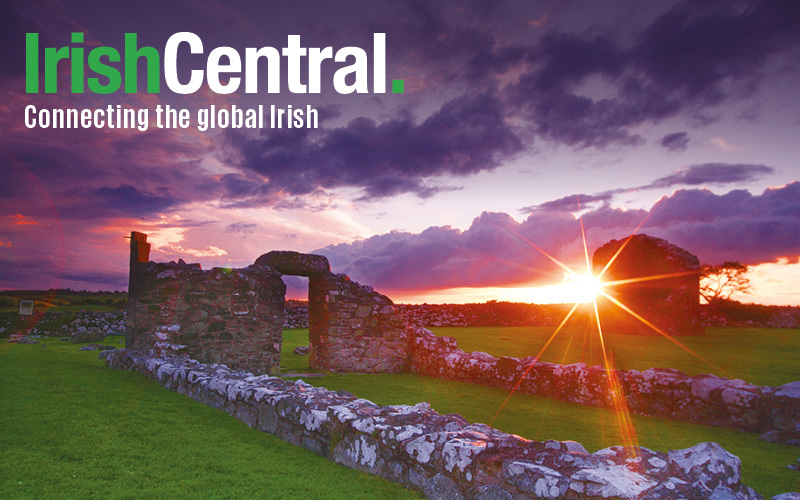Findmypast is working in partnership with IrishCentral to share fascinating insights into your Irish ancestors. Click here to get a special half price subscription, and discover your Irish roots today!
You’ve started building your family tree and you’ve reached the Irish branch, so how do you begin to build your connection to Ireland?
If you know when your ancestor left Ireland and you know where they came from, you’re able to concentrate your search on a specific time & place. If you don’t know these things it will be more challenging, but Rome (or Dublin) wasn’t built in a day. Take a look at your family tree, and identify what information you are looking for. Do you know when your Irish forebear was born? Were they married in Ireland? What about the family they left behind?
Remember when looking for your Irish connections to keep a few things in mind:
- Spelling - names can be spelled very differently, especially surnames which can change over time.
- Geographic information is key
- Family folklore can hold a key piece of information
There are lots of different types of sources to look at – and while there are specific complications around the lack of some records, the principles remain the same as all family history research. The following examples look at some of the 19th century records available.
Census, Land & Immigration records
Census records: Most of the census records for the 19th century were unfortunately destroyed, but those that still exist can provide a wealth of detail. For example, the 1851 census recorded all members of the family – whether they were in the house or not. This record for William Hallidy from Garryduff in County Antrim shows that he was living with his 13-year old son John, and both his older children James (21) and Jane (18) had migrated to America.
There were many waves of Irish immigration over the centuries, The Irish Famine Immigrants records on Findmypast list over 420,000 Irish people who landed in the United States from 1846-1851. Searching these records we find that Jane & James Hallidy were passengers on a ship called Vixen, and arrived in Boston May 25th, 1850.
There are several land surveys from the 19th century that cover all of Ireland, so if there are no parish or census records available, you can use Griffith’s Valuation, the most famous, with over 1.4 million names. Another rich source of are the Landed Estate Court Rental records, which have details on over 8,000 estates from all over Ireland. They include maps so you’re able to see the plot of land your family worked on - which is a great reason to plan a visit to Ireland!
In part three, you can find out more about other types of records available to research including alternate sources such as court records and newspapers. These records can bring your Irish family history to life – what will you discover?
Read part one of this guide here.
Learn more about building your family tree here.
Find out more about using travel records to trace your ancestors here.
Download a free guide to tracing your Irish family history here.
For more stories on tracing your Irish heritage from Findmypast click here.




Comments